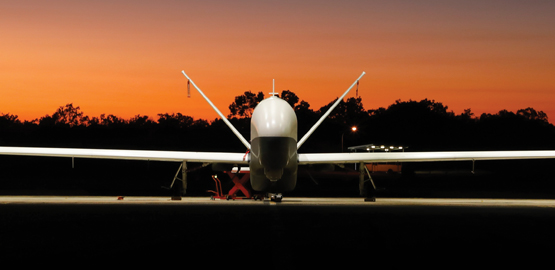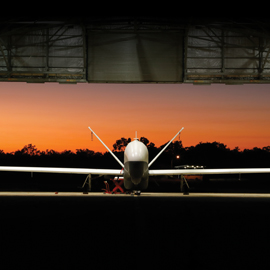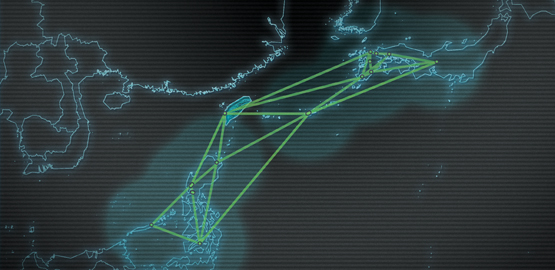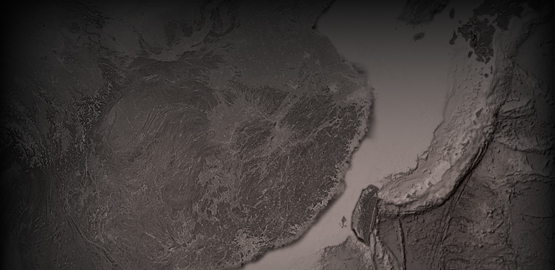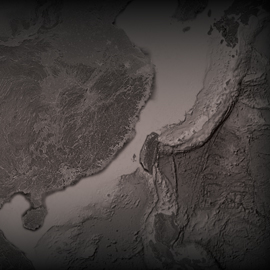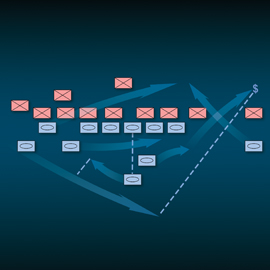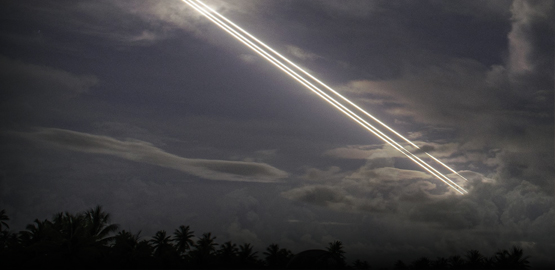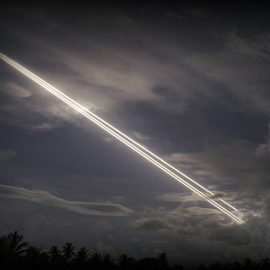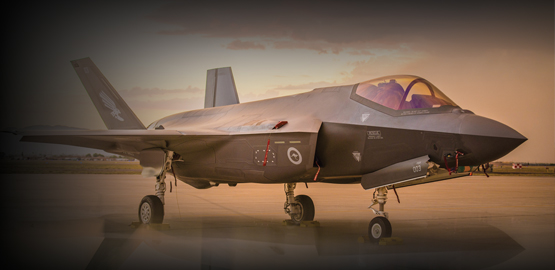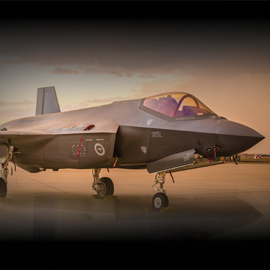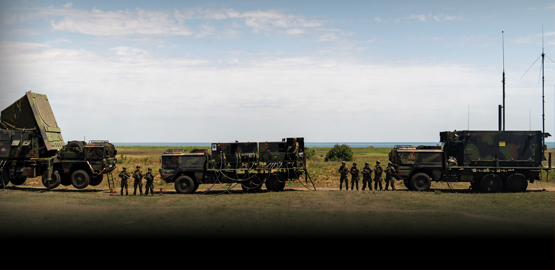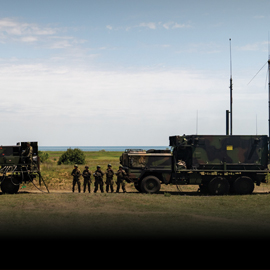Publications
"Nobody does defense policy better than CSBA. Their work on strategic and budgetary topics manages to combine first-rate quality and in-depth research with timeliness and accessibility—which is why so many professionals consider their products indispensable." – Gideon Rose, Editor of Foreign Affairs, 2010-2021
CSBA 2021 Annual Report
CSBA is an independent, non-partisan, non-profit public policy research institute established to promote innovative thinking and debate about national security strategy, defense planning, and military investment options for the 21st century. CSBA’s mission is to develop innovative, resource-informed defense concepts, promote public debate, and spur action to advance U.S. and allied interests. Our vision is to set the terms of debate for the future of national defense and drive change in concept development, force structure, and resources to prepare the United States and its allies to compete and win in an era characterized by great power competition and conflict.
Arms Control: Can Its Future Be Found in Its Past?
In the wake of the Trump Administration’s withdrawal from the Intermediate Nuclear Forces Treaty (INF) of 1988 and the Open Skies Treaty of 1992 there was a great deal of fear that the New START Treaty which one scholar has called “the key bilateral arms control agreement” would expire. Now that the keystone of the arms control enterprise remains in place it is worth examining why so many arms control experts and advocates have been warning about “the end,” “the death” or the “deep crisis” of arms control. As one leading Russian scholar of arms control has argued, “legacy Cold War-era arms control is collapsing and an uncontrolled nuclear arms race is threatening to return.”
Aligning South Korea’s Defense Strategy and Capabilities
Changing security dynamics on the Korean Peninsula are prompting the Republic of Korea (ROK) to reexamine its defense strategy and adjust its military capabilities and investment priorities. North Korea’s growing missile arsenal and asymmetric defense strategy, along with China’s rapid military modernization, present unique challenges to South Korean and American efforts to maintain stability on the Korean Peninsula and in the broader region.
CSBA 2020 Annual Report
The Center for Strategic and Budgetary Assessments (CSBA) is an independent, non-partisan, non-profit public policy research institute established to promote innovative thinking and debate about national security strategy, defense planning, and military investment options for the 21st century.
CSBA 2018 Annual Report
CSBA’s mission is to develop innovative, resource-informed defense concepts, promote public debate, and spur action to advance U.S. and allied interests. Our vision is to set the terms of debate for the future of national defense and drive change in concept development, force structure, and resources to prepare the US and its allies to compete and win in an era characterized by great power competition and conflict.
National Security Contributions of the U.S. Maritime Industry
The United States has always been a maritime nation. Since its founding, Americans have taken to the sea for trade, to harvest the resources in America’s waters and seabed, and to defend or advance the country’s interests. A robust commercial maritime industry is essential to support these efforts, which enhance America’s prosperity and security.
